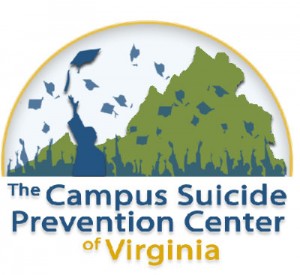There is a growing consensus that more students are arriving on college and university campuses with increasingly complex psychological, emotional, and behavioral challenges. According to data from the 2011 Healthy Minds Study (Eisenberg, 2011), approximately
- 25% of students come to campus with a pre-existing mental health diagnosis (most often some form of depression or anxiety disorder).
- The National College Health Assessment (2011) found that nearly one third of students reported that they were “so depressed it was difficult to function” at some time in the past year.
- Less than half of students who screened positive for probable depression were receiving treatment.
- Approximately 7 percent of students reported having seriously considered suicide within the past year, while 1 percent actually attempted suicide. (Eisenberg, 2011)
- Behaviors such as self-injury also are highly prevalent in the student population, with the occurrence of one-time selfinjury near one in six students (Eisenberg, 2011).
- In addition, according to the National Eating Disorders Association (2006), nearly 20 percent of students reported suffering from an eating disorder at some point in their lives.
Colleges and universities are increasingly in need of effective strategies for responding to these complex concerns. Faculty and staff members routinely interact with students who may raise concerns, be disruptive, or even suicidal, and they need to know the basic strategies for recognizing and responding effectively when a student needs help. Such interactions can be difficult. They often leave faculty and staff members feeling confused or overwhelmed. Nonetheless, there are general guiding principles and supportive resources available to assist faculty and staff in aiding distressed or distressing students. This section briefly explores those principles and outlines resource options. Please use this section as a starting place to gather information and to increase your understanding of these issues.

